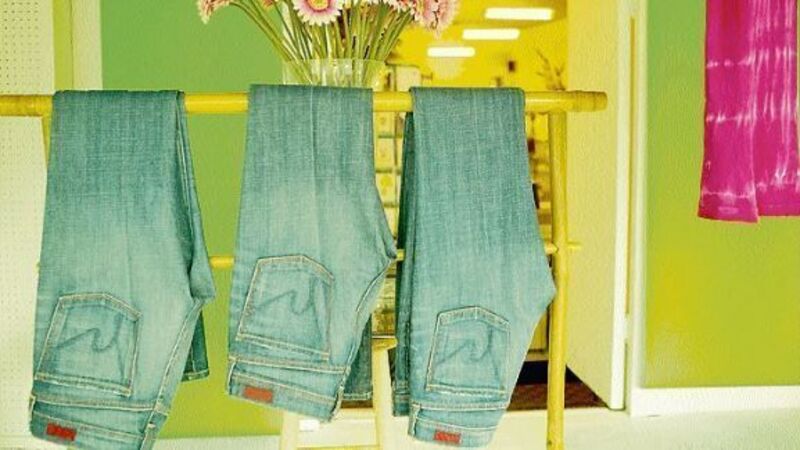Line up for some dry facts

Armfuls of damp laundry were flung along with harsh words. Pets fled, tails tucked to their furry lairs, and children chewing pizza over Nanny McPhee and the Big Bang, were mildly disturbed from their cudding.
Just to set the scene. My husband has what is termed his ‘office’. It’s in reality a dim, defiant, dusty little smudge of personal space. A tangle of electronics, guitars, the couch of marital discord, (well you have to send them somewhere), and complete with leering drawers crammed with assorted treasured rubbish dating from the early 70s. It’s horrible. Apart from the odd exploratory poke of the vacuum pipe and pitching a strangled cry for dinner, I never go in there.











